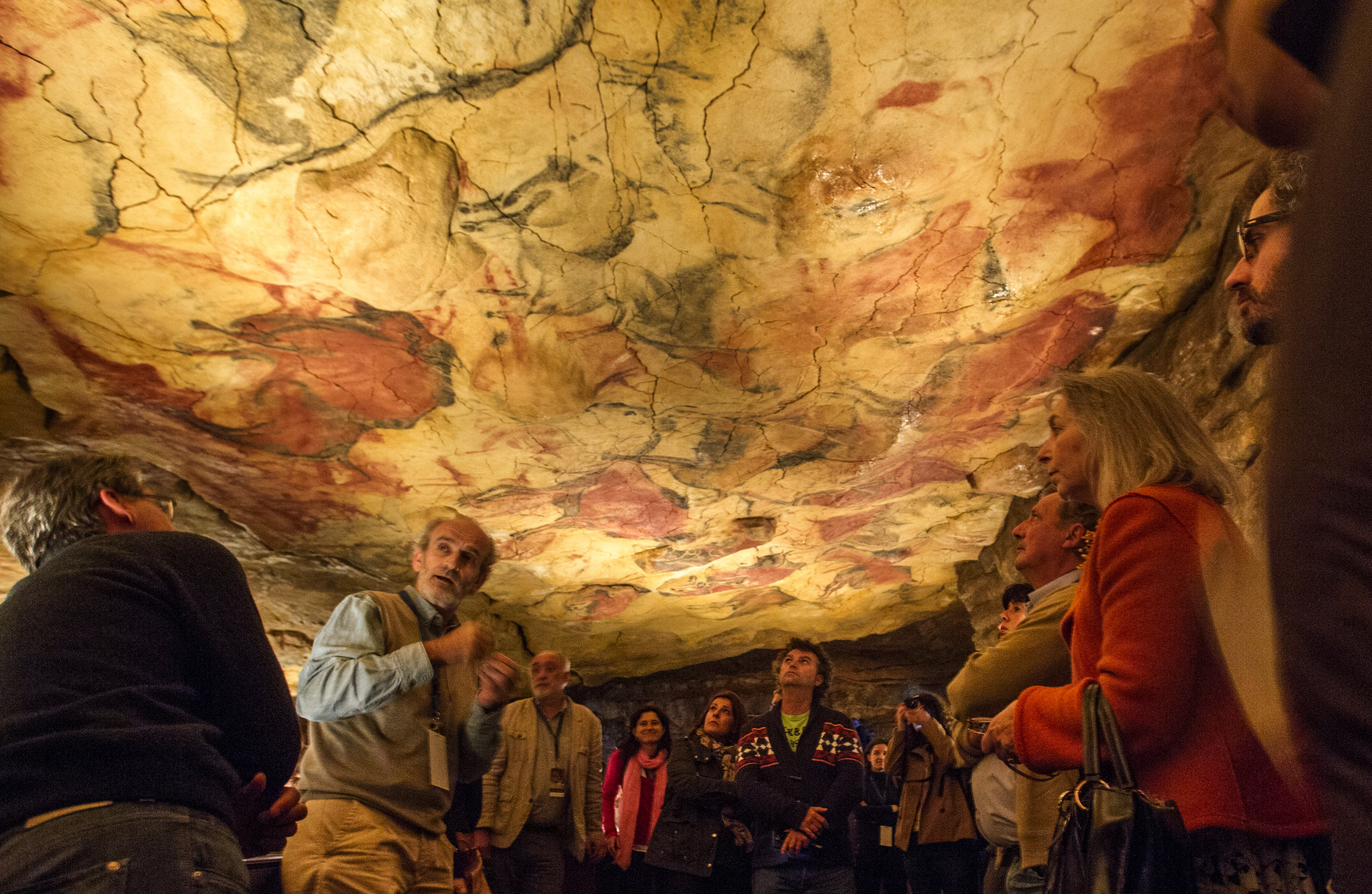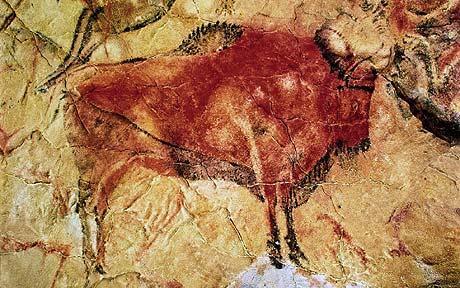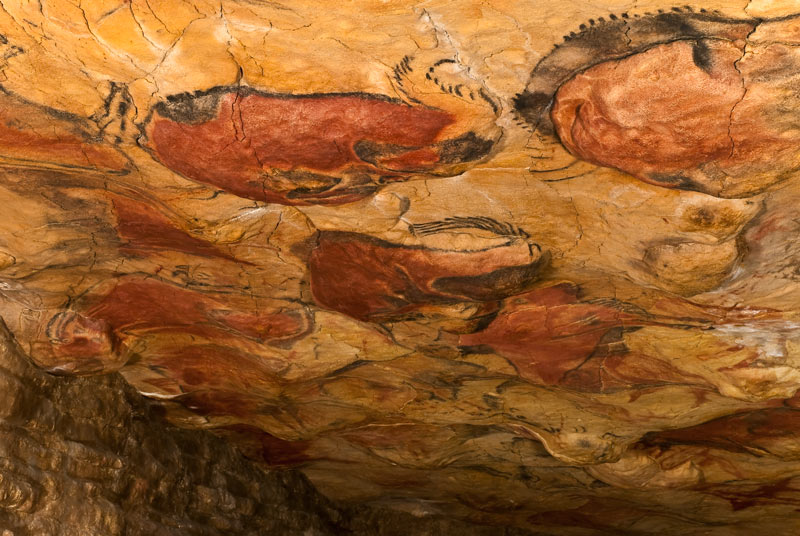
Altamira, the subject of a film at present with Antonio Banderas, was the first cave in which prehistoric cave paintings were discovered. When the discovery was first made public in 1880, it led to a bitter public controversy between experts which continued into the early 20th century, since many did not believe prehistoric man had the intellectual capacity to produce any kind of artistic expression. The acknowledgment of the authenticity of the paintings, which finally came in 1902, changed the perception of prehistoric human beings.
The cave represents the apogee of Paleolithic cave art that developed across Europe, from the Urals to the Iberian Peninusula, from 35,000 to 11,000 BC. Because of their deep galleries, isolated from external climatic influences, these caves are particularly well preserved. The caves are inscribed as masterpieces of creative genius and as the humanity’s earliest accomplished art. They are also inscribed as exceptional testimonies to a cultural tradition and as outstanding illustrations of a significant stage in human history.



UNESCO granted the World Heritage designation to these and another 17 caves in northern Spain containing Palaeolithic Cave Art. The Altamira cave has an irregular shape and is some 270 metres in length. It has an entrance hall, main gallery and side hall, and contains some of the world’s best examples of prehistoric rock art. The drawings are some 14,000 years old and show bison, deer, boar, horses… They are painted using natural, red-coloured ochre and outlined in black.
To ensure their conservation, the cave structure and paintings have been painstakingly reproduced, using the same painting techniques from the time, in the Altamira Museum’s Neo-cave. Visitors can marvel at the details of the great ceiling with its polychromed bison, and visit the painters’ workshop, where they can hear an explanation of the techniques used to create this masterpiece of rock art.
Admission charges:
General public: 3 €
Concessions: 1.50 €
Annual pass: 25 €
Free admission
Saturdays from 14:00 and all day Sunday.
18 April, World Heritage Day.
18 May, International Museum Day.
12 October, Spanish National Day.
6 December, Spanish Constitution Day.